#fastfashion
Text
Tripple Chocolate Milk Shake
194 notes
·
View notes
Text
Why we should bring sewing and tailoring back:
It decreases the use of fast fashion, if you have the money to make/learn how to make clothes or commission someone to make you clothes you should! Not only is it supporting small businesses but also sizing and getting stuff your size is more easier than buying clothes online then getting the wrong size and having to resend it etc
Fast fashion is super harmful on the environment and a lot of fast fashion brands use child labor or barely pay their workers, also with crazy long hours and terrible work spaces
Now a BIG contributor to the work of child labor is SHEIN. I’m guilty of buying from there but that’s because no one talks about how big their labor is on literal children. please please avoid buying from SHEIN. Seeing people joke about how SHEIN used child labor is gross and doesn’t help people bring awareness because they’re not taking it seriously, those are actual children with no where else to go other than to work that job they didn’t have a choice in anyway.
It’s important to know that you don’t have to be rich to make your own clothes!!!
There are countless tutorials online, you don’t have to buy courses to learn the basics or more, there are also people who record and show their process of making clothes!!
I was actually able to make a cosplay out of old clothes (using the fabric) and buying stuff from small businesses (etsy for buttons etc) and it costed around maybe 20-30 dollars (or a lot less i made it like a year ago so I don’t rlly remember)
Also a lot of fast fashion brands steal ideas and clothing designs from small businesses so yea it’s all just ass and not something u should put ur money in
Where should you buy then?
Poshmark
Depop
Streetcvlture.com
Vintage twin
Beyond retro
Asos marketplace
Etsy
Thredup
(These are online stores I found online, if I find more I will update)
Especially literally any small businesses near you or online
any thrift store, so many online thrift stores exist where you can also thrift not just in person if you can’t or there’s no thrift stores near you
#fast fashion#fastfashion#SHEIN#sewing#tailoring#knitting#important#clothes#fashion#alt fashion#alt aesthetic#fairy grunge#grunge#cottagecore#pink#punk music#punk#punk aesthetic
26 notes
·
View notes
Photo
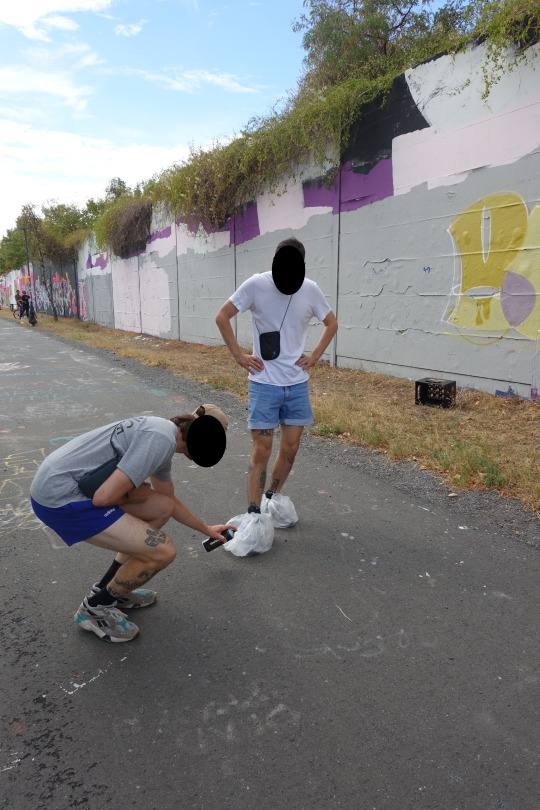
fashion
#fastfashion#fashion#street fashion#graffiti#spray#writing#jam#hiphop#breakdance#zwischenraum#zwischentraum#sprayers#mode#model#runway#fashionweek
9 notes
·
View notes
Text





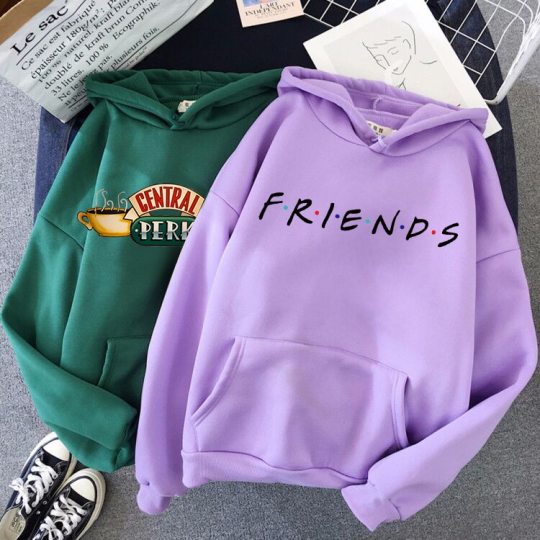




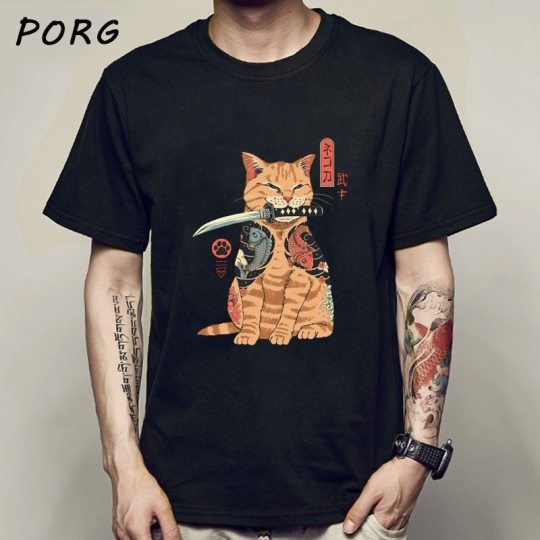

Limited edition released... with 50% off... Your welcome.
fadingeek.org
#fashionvictim#marchedenoel#fashionhistory#fashionover50#fashionmood#tagsta_fashion#fastfashion#fashionweekberlin#animeindofans#animeuniverse#fashioninloverz#animeloves#fashioninspo#fashionforever#fashionlooks#graphic_designer#maletofemale#coatimport#zainfotoprodukpekalongan#youtube#tech#development#technology
2 notes
·
View notes
Text







E
#export#textile#kokkoparan#fashion#fastfashion#tugbakokkoparan#style#illustration#art#artist#tuğbakökkoparan#model#styling#trends#designer#sketch#blogger#fashion show#istanbul#runway#zara#pedrodelhierro
6 notes
·
View notes
Text
In recent times, sustainable living has become something very important, and people are taking various steps to reduce environmental, social and health impacts by being careful about what they use and how they use it. However, we also still live in the era of overconsumption culture and capitalism, so while some people try to take a step forward towards doing good, there are many more who make society take several steps backwards. One of the prevalent issues that encompasses unsustainability, overconsumption culture and capitalism, and is detrimental to the environment and society, is the concept of fast fashion.
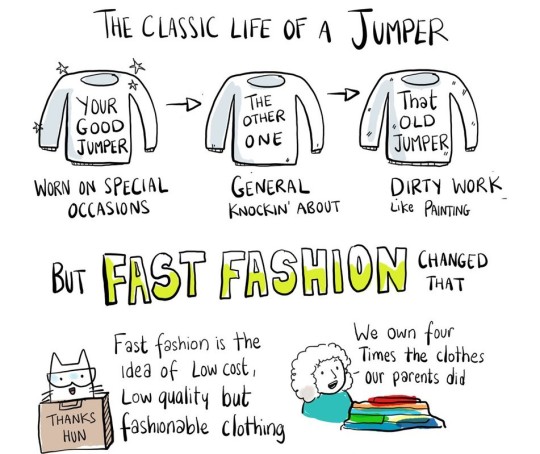
The Fast Fashion Model
Fast fashion is a term given to the strategy that involves designing, manufacturing and marketing large quantities of clothing and accessories quickly. The sole purpose of the fast fashion model is to replicate trends from the runway and red carpets to supply in department stores for the public.
Some of the most famous mass-market fast fashion brands are H&M, Zara and GAP, who have been repeatedly criticised for their unethical and unsustainable business model, and continue to violate environmental as well as social ethics.
Why has fast fashion become a problem?
Fast fashion has a very short shelf-life for two main reasons - the compromise on quality and the focus on short-term trends.
The higher production rate ultimately results in cost savings. Brands produce clothing in a hasty manner and market extremely low-quality goods. Fast-fashion items are frequently discarded after only a few wears, and the manufacturing process leaves much to be desired. The same sense of haste that ignores quality also keeps the price of these clothes incredibly low.
Fast fashion focuses on trends over very short periods of time, which means people can acquire garments that are similar to what is trending because of the most recent fashion shows and discard them after wearing them a couple of times. This model is primarily aimed at the school and college-going crowd, where importance is given to looking "cool and trendy" as opposed to environmental and social justice and realising the adverse effects their consumption patterns have on the maintenance of this justice.
How bad is fast fashion?
From what you have read until now, if it seems like this practice is wasteful, wait till you hear just how wasteful the fashion industry is because of fast fashion. In a recent study by the Global Fashion Agenda, an organisation that envisions and works toward a sustainable future for the fashion industry, in the past decade, it was estimated the industry produced around 92 million tons of textile waste per year, which was primarily attributed to fast fashion garments. The research goes on to point out that if this trend of overconsumption and disposal continues at the same rate, by this decade, textile waste would increase to 148 million tons annually.

To make matters worse, all the textile waste is either dumped in landfills or incinerated. In landfills, these clothes, being mostly made of synthetic fibres, would not disintegrate quickly and would instead leach toxic chemicals into the ground. Burning the garments is just as bad because the toxic gases and smoke released into the atmosphere are detrimental to the survival of living beings in the environment.
Due to the enormous volume of products these firms sell, they generate millions of dollars while offering things at low prices. In addition to compromising on the quality of the materials used to cut costs, it is undeniable that the wages of garment workers are much below the minimum wage. Women and children from the Indian Sub-Continent are the primary victims of the fast fashion model as those from this country are seen as cheap labour. There is no regard given to maintaining a decent work environment or fixed working hours and the workers are made to work more than the stipulated hours for no extra pay. In addition to this, the women are often subjected to brutal violence by supervisors, making the fast fashion sector a medium for gender-based violence, to which most corporations turn a blind eye.
While consumers themselves do not feel like fast fashion costs them much, this concept has enormous costs hidden away from the public eye in the form of environmental and social costs. Novelist and journalist Lucy Siegle worded it well in the documentary The True Cost - “Fast fashion isn’t free. Someone, somewhere is paying”.
Who is involved in the fast fashion model?
As is the case in most industries, there are many players involved in the fast fashion model.
Firstly, there are corporations, motivated by capitalism and profit-making, who have a significant role in the increase of fast fashion. These corporations like Shein, Forever 21, Zara and H&M lack ethical responsibility and focus primarily on money, which is where the production of low-cost garments stems from, as they would be able to produce more for less and garner a more extensive consumer base.
There are also people like us, consumers, who are involved in fast fashion as most people get caught into the world of trends and buy these garments which last for a short period. To make up for those clothes, we buy more cheap clothes, and this cycle continues, resulting in us playing into the overconsumption culture and generating large amounts of waste.
We cannot forget the workers in the textile industry as players involved in the fast fashion sector. Almost every single piece of clothing has their overworked, underpaid and violated hands imprinted on them and marks the indecency and unethical behaviour of fast fashion corporations. This highlights the injustices in the society like no other.

Where is the effect of fast fashion observed?
There is no single place where fast fashion has an effect. Rather, this is a global issue of injustices of all kinds. However, in India, we see a large number of corporations having factories where fast fashion garments are made.
One of these factories happens to be in a locality of the city, Bengaluru, where workers, as mentioned before, are made to work overtime in difficult working conditions. The taxing environment leads to the dissatisfaction of these workers, but they have no choice but to work as per the instructions of their supervisors because at the end of the day, their job is their bread and butter. The people in this factory are one group of many in the sub-continent who face injustices.
In addition to this, being so close to the outskirts of the city, this locality is also a dumping ground for textile waste. It started with just waste material and rejected garments from the factory and has grown since, which can be very disturbing for the residents nearby.
The future of fast fashion
If the ongoing trend continues, fast fashion is predicted to worsenthe environmental and social impacts. Most corporations say they are doing better but are simply greenwashing their products by misleading consumers about their contribution to sustainability. Buying these products is just as bad as buying regular products from their brand and does not have any positive effect on the environment of society.
People are very slow in their action towards adopting more sustainable and ethical forms of fashion, so even though, as individuals, we take a few steps forward, the fast fashion model is running ahead. It will be quite a long journey to initiate positive action in the fashion industry and requires a lot of advocacy for workers and human rights from the public, and moves from within corporations to change motives and focus on positive impact rather than injustices.
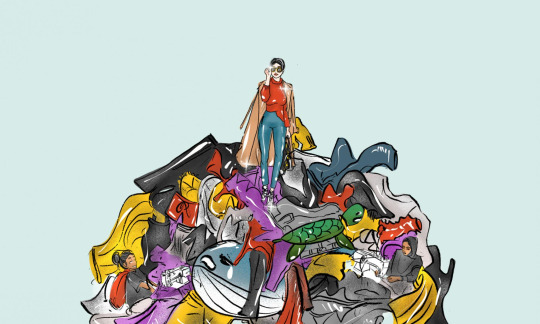
References:
Global Fashion Agenda. (2017). Pulse of the Fashion Industry 2017.
Rauturier, S. (2022). What Is Fast Fashion and Why Is It So Bad? Good On You. https://goodonyou.eco/what-is-fast-fashion/
Stanton, A. (2022). What Does Fast Fashion Mean, Anyway? The Good Trade. https://www.thegoodtrade.com/features/what-is-fast-fashion
Yousefi, Y. (2020). Environmental and Social Impacts of Fast Fashion. The Sustainable Development Watch. https://sdwatch.eu/2020/02/environmental-and-social-impacts-of-fast-fashion/
6 notes
·
View notes
Text

#mode#fashion#pollutiontextile#dechettextile#ultrafashion#fastfashion#environnement#ecologie#toureiffel#paris
1 note
·
View note
Text
F@STF@ASH10N

Welcome!
• • ┈┈┈┈ ๑ ⋅ ⋯ ୨ ୧ ⋯ ⋅ ๑ ┈┈┈┈ • •
1 note
·
View note
Text
WEEK 6: THE INFLUENCES OF SOCIAL MEDIA TOWARD SLOW FASHION MOVEMENT
The intersection of social media and the slow fashion movement has profoundly influenced consumer behavior and industry practices, as explored in the provided articles. Social media platforms serve as powerful tools for promoting awareness and engagement with the principles of slow fashion, reshaping the narrative surrounding sustainability and ethical consumption. According to (Thalmann, 2020), the visual nature of platforms like Instagram and Pinterest facilitates the dissemination of inspirational content, including sustainable fashion brands, eco-friendly products, and ethical production practices. Through visual storytelling and user-generated content, social media channels provide a platform for showcasing the creativity and diversity of sustainable fashion, inspiring followers to adopt more conscious shopping habits.
Additionally, (Akou, 2019) argues that social media enables direct communication between consumers and brands, fostering transparency and accountability within the fashion industry. Consumers can engage with brands on social media, asking questions about sourcing, production methods, and environmental initiatives, thus holding companies accountable for their ethical and sustainable practices. Furthermore, (Gareis, 2021) highlights the role of influencers and content creators in driving awareness and advocacy for slow fashion. Influencers leverage their platforms to promote sustainable fashion brands, share personal experiences, and advocate for responsible consumer behavior, amplifying the message of sustainability to a wider audience.
Additionally, (Riisgaard, 2020) underscores the importance of social media in community-building and peer support within the slow fashion movement. Online communities and forums provide a space for individuals to connect, share resources, and exchange ideas related to sustainable fashion practices, fostering a sense of belonging and collective action. Despite the positive influence of social media on the slow fashion movement, challenges remain in navigating issues such as greenwashing and superficial engagement. As (Thalmann, 2020) notes, the curated nature of social media can sometimes obscure the complexities of sustainability, leading to misconceptions and misinterpretations.
Therefore, (Akou, 2019) emphasizes the importance of critical media literacy skills in discerning genuine sustainability efforts from marketing tactics. In conclusion, social media has emerged as a powerful force for driving awareness and advocacy for the slow fashion movement, empowering consumers to make more informed choices and pushing the fashion industry towards greater transparency and accountability. However, (Gareis, 2021) cautions that sustaining momentum requires ongoing efforts to foster genuine and lasting change in consumer behavior and industry practices, ensuring that the principles of slow fashion are upheld beyond the digital realm.
youtube
Thạch Trang, a Gen Z influencer in the fashion industry, has emerged as a powerful advocate for sustainable fashion practices. Through her engaging videos on remaking clothes and shopping at thrift stores, she has captivated her audience and inspired them to adopt more eco-friendly and ethical fashion habits. By showcasing the creative potential of upcycling and highlighting the value of second-hand shopping, Trang encourages her followers to reconsider their approach to fashion consumption. Her influence extends beyond mere aesthetics, as she empowers her audience to make informed choices that contribute positively to the sustainable fashion industry. Through her efforts, Trang has played a significant role in raising awareness and fostering a community of environmentally conscious consumers who actively support the principles of sustainability in fashion.
References
Ellinor, B., & Alphen Laura, V. (2020). From fast to slow: Can influencers make us shop more sustainably? Digitala Vetenskapliga Arkivet. https://www.diva-portal.org/smash/record.jsf?pid=diva2%3A1436642&dswid=8336
Jacobson, J., & Harrison, B. (2021). Sustainable fashion social media influencers and content creation calibration. International Journal of Advertising, 41(1), 1–28. https://doi.org/10.1080/02650487.2021.2000125
L. Short, H. (2022). Exploring the role of social media influencers in promoting sustainable fashion on twitter - proquest. ProQuest . https://www.proquest.com/openview/62d9401ebb5def537bfdd34635488e36/1?pq-origsite=gscholar&cbl=18750&diss=y
Millward-Pena, I. (2024). From fast fashion to slow sustainable fashion . Electronic Theses, Projects, and Dissertations. https://scholarworks.lib.csusb.edu/etd/1453/
#mda20009#fashion#slowfashion#fastfashion#thrift#remake#clothes#influencers#socialmedia#youtube#Youtube
0 notes
Text

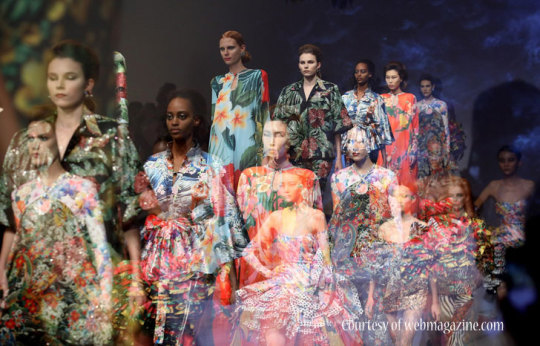

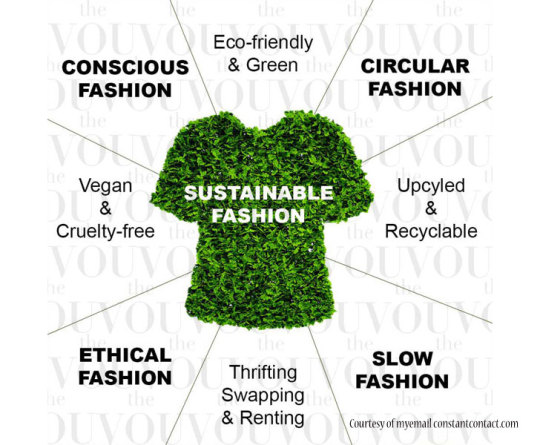




Sustainable Fashion: An idea or reality?
Fashion has a new calling. It wants to be a force for good. Are the many years of individualised efforts in promoting sustainability in fashion finally turning into a movement to reckon with? Find out here: https://www.indiaartndesign.com/sustainable-fashion-an-idea-or-reality/
#fashionforgood#FEFIndiaAwards#DiaMirza#AliaBhat#upcycling#sustainablefashion#fastfashion#fashionforward#circulareconomy#consciousfashion#eco-friendlyfashion#womenswear#menswear#indiaartndesign#wion
1 note
·
View note
Text
🤤
#sexy#cannabis#edibles#420#weed#420photography#420memes#trinidad carnival#fastfashion#streetwear#baddie
247 notes
·
View notes
Text


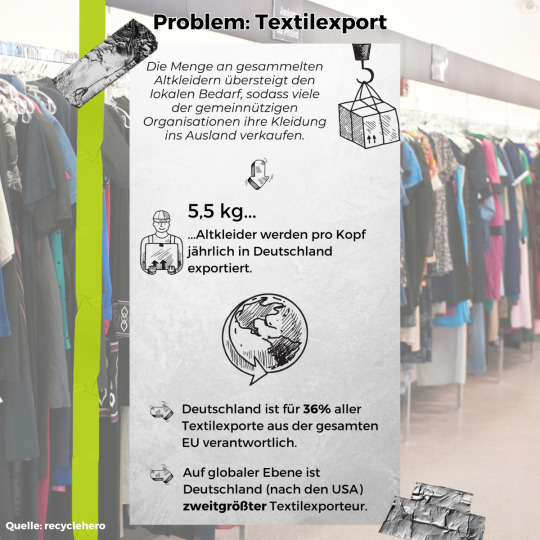

🌱 Habt ihr euch schon immer gefragt, was mit den Kleidern passiert, die ihr ausmistet und in den Altkleidercontainer werft? In Deutschland werden pro Kopf 5,5 kg Kleidung exportiert, oft nach Afrika, Asien und Osteuropa. Das Fast-Fashion-Problem ist real. 🔄 Hier kommt Recyclehero ins Spiel – ein klimaneutraler Abholservice für Altkleider in deutschen Städten. Gemeinsam mit lokalen NGOs und Second-Hand-Läden sorgen sie für transparente Lieferketten und tragen so zu einer nachhaltigeren Zukunft bei. Seid Teil der Veränderung! 💚 💡Mehr Infos zu dem Thema findet ihr im Blogbeitrag von recyclehero: https://info.recyclehero.de/altkleider-entsorgen
#Recyclehero#Nachhaltigkeit#SlowFashion#Altkleider#SecondHand#NGO#Umwelt#Umweltschutz#Zukunft#Export#Verantwortung#lokal#Lieferketten#Klimaneutral#Klimaschutz#Müll#Müllvermeidung#FastFashion#AgainstFastFashion#talk2move#redenumzubewegen
0 notes
Photo



walking in the neon
https://www.youtube.com/watch?v=GRR4-Mvsjsw
#freight#fr8#walking#in#the#neon#yellow#black and yellow#fr8s#cargo#güterzug#zwischenraum#zwischentraum#auftragen#polieren#neon yellow#fashion#fastfashion#train#9 euro ticket#freight train#traffic#europe
11 notes
·
View notes
Text
THE KIOSK OF DEMOCRACY PRESENTS
"296.438" Works
"In recent years, the pervasive influence of “fast fashion” has inundated our lives. The artificial demand for ever-new, inexpensive clothing on a daily basis has severe repercussions for the well-being of our planet."
By Eliza Krikoni - Greece
www.facebook.com/kioskofdemocracy
Eliza Krikoni ©
0 notes
Text
The article below discusses the exploitation and low wages of Bangladeshi garment workers, particularly in the fast fashion industry, where major brands such as H&M and Zara source their products.
Despite mass protests by the workers for higher wages, companies are accused of underpaying factories.
Sonali Kolhatkar urges consumers to be aware of these issues and advocate for fair treatment of garment workers
0 notes
Text
"Compras Sostenibles: El Valor de las Marcas Regionales frente al Consumo Masivo"

En un mundo dominado por el consumo masivo, es crucial reflexionar sobre la importancia de las compras sostenibles. En este blog post, exploraremos el valor intrínseco de las marcas regionales y contrastaremos este enfoque con la cultura de consumo masivo.
La Importancia de las Marcas Regionales
Comencemos explorando el tejido mismo de nuestras comunidades: las marcas locales y regionales. Estas no solo ofrecen productos, sino que respaldan historias y comunidades. A través de inspiradoras historias de marcas regionales, descubriremos cómo estas han generado un impacto positivo significativo en sus entornos.
El Contraste con el Consumo Masivo
Demos un vistazo a los aspectos oscuros del consumo masivo excesivo: la rápida moda, la sobreproducción y las consecuencias medioambientales. ¿A qué costo estamos obteniendo productos cada vez más baratos? Analicemos el ciclo perpetuo de consumir y desechar.
Por qué los Precios Regionales No Pueden Competir
A menudo se cuestiona por qué los precios de los productos regionales pueden ser más altos. La respuesta no radica solo en la maximización de ganancias, sino en la búsqueda de salarios justos y métodos de producción sostenibles. Apreciamos la calidad sobre la cantidad y minimizamos nuestra huella ecológica.
Si este contenido resonó contigo, comparte tus pensamientos en los comentarios y únete a nosotros en la búsqueda de un estilo de vida más sostenible. ¡Suscríbete para más contenido relacionado con la moda sostenible y el consumo consciente!
Read the full article
#Algodónorganíco#Calidadvs.cantidad#canarias#comerciolocal#Compraconsciente#Compraséticas#Comprasnavideñas#Consumomasivo#Consumoresponsable#Economíalocal#Estilodevidasostenible#Excesodeconsumo#Fastfashion#Huellaecológica#Impactoambiental#Marcasostenible#Marcasregionales#modaética#Modasostenible#Producciónética#Regalosúnicos#Sostenibilidadenlamoda#Telalibre
0 notes